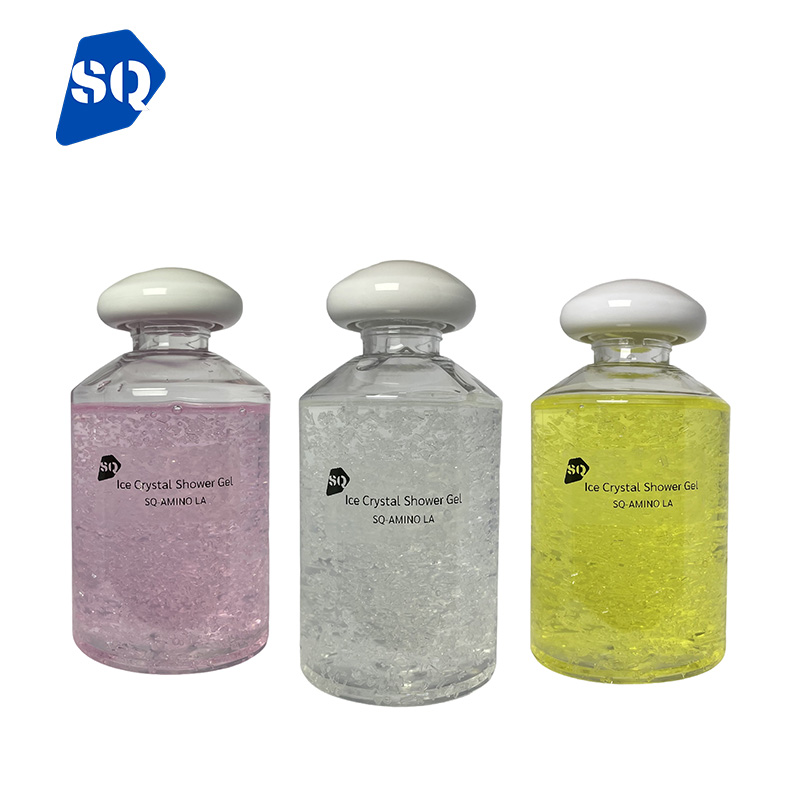Key Features of Mild Surfactants
2024-05-20
Mild surfactants are gentle cleaning agents used in various personal care and household products. Unlike harsh surfactants, which can strip the skin and hair of natural oils, mild surfactants cleanse effectively while maintaining the natural balance of oils and moisture. These surfactants are especially suitable for sensitive skin and for products intended for daily use.
Key Features of Mild Surfactants:
1. Gentle Cleansing:
- Effectively remove dirt, oil, and impurities without causing irritation or dryness.
2. Low Irritancy:
- Formulated to minimize irritation to the skin, eyes, and mucous membranes, making them suitable for sensitive skin types and baby products.
3. Biodegradability:
- Many mild surfactants are biodegradable, reducing environmental impact compared to harsher synthetic surfactants.
4. Compatibility:
- Compatible with a wide range of formulations, including shampoos, body washes, facial cleansers, and baby products.
Common Types of Mild Surfactants:
1. Cocamidopropyl Betaine (CAPB):
- Derived from coconut oil, this amphoteric surfactant is known for its mildness and ability to produce a rich lather. It is commonly used in shampoos, body washes, and facial cleansers.
2. Decyl Glucoside:
- A non-ionic surfactant derived from glucose and coconut oil. It is highly regarded for its gentle cleansing properties and biodegradability, making it a popular choice in natural and organic products.
3. Sodium Cocoyl Isethionate (SCI):
- A mild anionic surfactant derived from coconut oil. It is often used in solid cleansing bars and syndet bars due to its ability to produce a creamy lather and its gentle cleansing action.
4. Disodium/Sodium Lauroamphodiacetate:
- Mild amphoteric surfactants that provide gentle cleansing and excellent foam stability. They are often found in baby shampoos and sensitive skin formulations.
5. Lauryl Glucoside:
- Another non-ionic surfactant derived from natural sources like coconut oil and glucose. It is known for being gentle on the skin and is used in a variety of personal care products.
6. Sodium Lauroyl Methyl Isethionate (SLMI):
- A mild, sulfate-free anionic surfactant that is gentle on the skin and hair. It is commonly used in shampoos and body washes for its mildness and ability to create a luxurious lather.
Applications of Mild Surfactants:
1. Shampoos and Conditioners:
- Used to create gentle, effective hair care products that cleanse without stripping natural oils, making them suitable for daily use and sensitive scalps.
2. Body Washes and Soaps:
- Provide gentle cleansing for the skin, maintaining moisture balance and reducing the risk of irritation or dryness.
3. Facial Cleansers:
- Formulated to remove impurities and makeup without over-drying or irritating delicate facial skin.
4. Baby Products:
- Ideal for baby shampoos, body washes, and wipes due to their low irritancy and gentle nature.
5. Personal Care Products:
- Included in products like hand soaps, intimate washes, and bath gels to ensure mild and effective cleansing.
Benefits of Using Mild Surfactants:
1. Skin-Friendly:
- Minimize the risk of irritation, making them suitable for sensitive skin and daily use.
2. Maintains Natural Oils:
- Helps preserve the skin’s natural moisture barrier, preventing dryness and promoting healthy skin and hair.
3. Environmental Impact:
- Many mild surfactants are derived from natural sources and are biodegradable, making them more environmentally friendly.
4. Versatility:
- Can be used in a wide range of formulations, from foaming cleansers to moisturizing washes.
Considerations When Formulating with Mild Surfactants:
1. Foaming and Cleansing:
- While mild surfactants are gentler, they may produce less foam than harsher alternatives. Formulators often combine different mild surfactants to achieve the desired balance of foam and cleansing power.
2. Stability and pH:
- Ensure that the surfactant blend maintains the stability and appropriate pH of the final product, especially for sensitive skin applications.
3. Synergy with Other Ingredients:
- Work well in combination with other conditioning and moisturizing agents to enhance the overall efficacy and gentleness of the product.
Conclusion:
Mild surfactants are an essential component in formulating gentle, effective personal care and household products. Their ability to cleanse without causing irritation or dryness makes them ideal for sensitive skin and daily use. By selecting the appropriate mild surfactants and formulating them correctly, manufacturers can create products that offer excellent performance while maintaining skin health and minimizing environmental impact.



